Erfolgsfall der Implementierung der SLS-Technologie mit Sinterit Lisa im Servicebüro
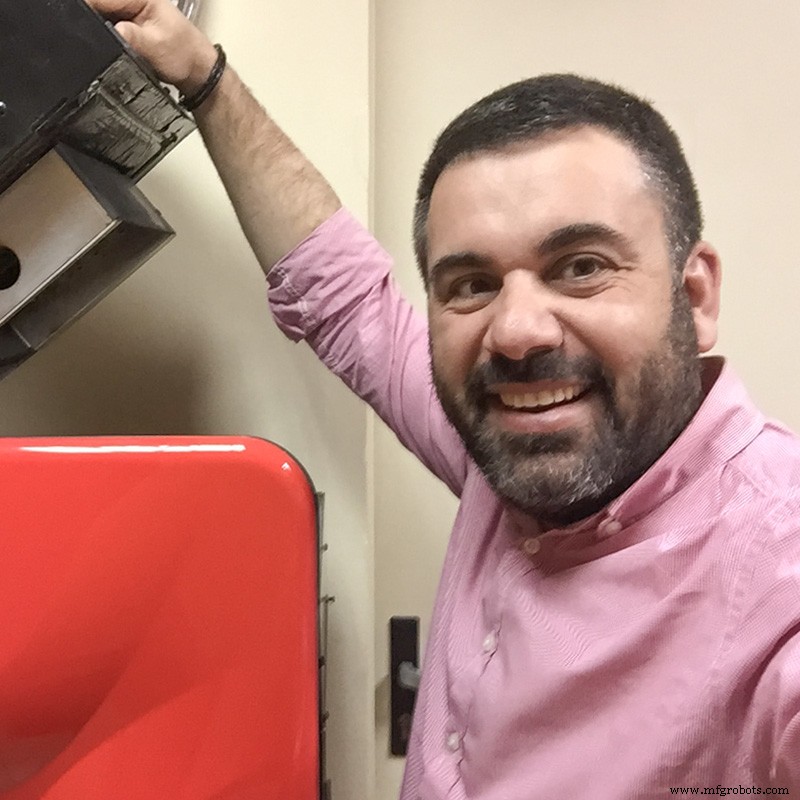 Seit seiner Markteinführung war der Drucker Sinterit Lisa eine Revolution. Er ist der erste erschwingliche SLS-Drucker im Desktop-Format. Seine hohe Qualität, Benutzerfreundlichkeit, sein niedriger Preis und seine kompakte Größe haben es zu einer Nische in Bereichen gemacht, in denen es bis vor kurzem als nicht machbar galt, diese Technologie einzuführen.
Seit seiner Markteinführung war der Drucker Sinterit Lisa eine Revolution. Er ist der erste erschwingliche SLS-Drucker im Desktop-Format. Seine hohe Qualität, Benutzerfreundlichkeit, sein niedriger Preis und seine kompakte Größe haben es zu einer Nische in Bereichen gemacht, in denen es bis vor kurzem als nicht machbar galt, diese Technologie einzuführen.
Einer dieser Sektoren ist das Servicebüro , Unternehmen, die Dienstleistungen für andere Unternehmen erbringen und die sowohl Design, Engineering als auch Beratung sein können. Eine der Besonderheiten dieser Art von Unternehmen ist, dass sie sich in der Regel in Büros befinden. Aus diesem Grund war es traditionell unmöglich, 3D-SLS-Druckgeräte in dieser Art von Unternehmen zu implementieren, da sie nicht über den erforderlichen Platz oder andere Anforderungen wie Gasinstallationen oder Hochleistungsstromversorgungen verfügten.
Dies hat dazu geführt, dass viele Unternehmen wie Designstudios, Ingenieurbüros oder kleine Prototyping-Unternehmen in der Vergangenheit diese Technologie mit den damit verbundenen Kosten auslagern mussten.
Eines dieser Beispiele sind kleine Prototyping-Unternehmen, die im Allgemeinen auf die Verwendung von FDM oder SLA beschränkt sind. Wir haben den technischen Leiter von einem von ihnen interviewt und er hat uns von seinen Erfahrungen erzählt, die SLS-Technologie durch den Erwerb eines SLS Sinterit Lisa 3D-Druckers zu seinem Serviceportfolio hinzuzufügen.
F2P: Guten Morgen, Eloy. Können Sie uns etwas über Ihren beruflichen Hintergrund und Ihre Erfahrung in der Welt des 3D-Drucks und des Prototypenbaus erzählen?
E.B.:Seit 11 Jahren bin ich technischer Direktor von Eceleni, einem Unternehmen, das sich auf die Herstellung von Prototypen und Kleinserien spezialisiert hat, aber meine Ursprünge liegen im Industriedesign, sowohl im Produkt- als auch im Formenbau. Das erste Mal, dass ich eine Stereolithographie gesehen habe, war vor über 20 Jahren, als ich als Konstrukteur in einer Formenbauwerkstatt arbeitete. Die Wahrheit ist, dass der Kunde, der es gebracht hat, uns nicht verlassen oder es berührt hat. Damals sprach niemand über 3D-Druck, sondern nur über Stereolithographie.
F2P: At Eceleni you work both subtractive manufacturing (CNC machining) and additive manufacturing (3D printing) and formative (fast silicone molds). What do you think 3D printing can provide over other technologies?
E.B.: In most cases, 3D printing makes it possible to manufacture geometries that could not otherwise be manufactured (for example Lattices or Voronoi) and immediacy when manufacturing short series or prototypes. Although it is true that in relatively large pieces, both the term and the cost are better for machining, and depending on the quantity, training techniques are still the best option.
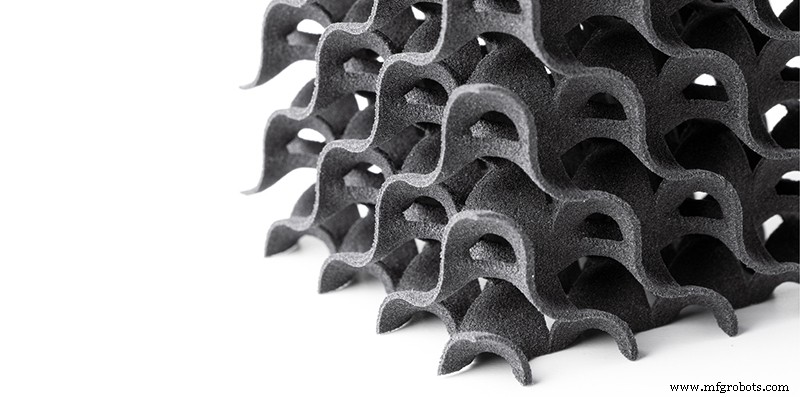
Image 1:Lattice printed with Sinterit Lisa
F2P: Currently you offer 3D printing through Polyjet, FDM and SLS, what does the latter give you compared to the other two?
E.B.: SLS technology has a better surface finish than FDM technology and superior mechanical resistance than PolyJet. For example, the elastomers manufactured by SLS have a superior resistance to breakage than Polyjet's flexible resins.
F2P: Among your equipment you have the Sinterit Lisa 3D SLS printer, could you tell us why you have chosen this SLS 3D printer and not another model that is available on the market?
E.B.: Compared to other options in SLS, it is the best value for money. If instead of being an additive manufacturing service bureau, it were for our own use, we would also have one.
F2P: Sinterit Lisa stands out for being the first SLS 3D printer in desktop format, has this influenced your decision to purchase it? Has this format been of any advantage to you compared to classic industrial formats?
E.B.: Although it does not have the largest bucket on the market, that for many manufactures is a point in favor, since the minimum amount of material is wasted, and the cooling time is much shorter than large machines, so the piece in a shorter time. Depending on the type of part to be manufactured in SLS, we manufacture them without hesitation in the Lisa.
F2P: Could you tell us what your first contact with Sinterit Lisa was like? Has the installation been simple or have you had any problems?
E.B.: Sinterit Lisa comes ready to be used. It is a robust machine, and ready to go to manufacture once unpacked.
F2P: Traditionally, 3D SLS printing has been considered a complex technology, both at the user and implementation level, compared to other more common ones such as FDM. After using Sinterit Lisa, do you consider this to be true? Compared to an FDM printer, do you find using Lisa much more complicated?
E.B.: I suppose they are considered more complex because SLS 3D printers have always been large industrial machines, which, not being as visual as FDM, are understood to be more complex, but in the case of the Sinterit Lisa printer, nothing is further from reality. .
F2P: Sinterit Lisa comes with her own slicing software, Sinterit Studio. How has your experience been with this software?
E.B.: Sinterit Studio is very, very, very easy to use. Even more so than FDM slicers, as you don't have to consider where to put the brackets.
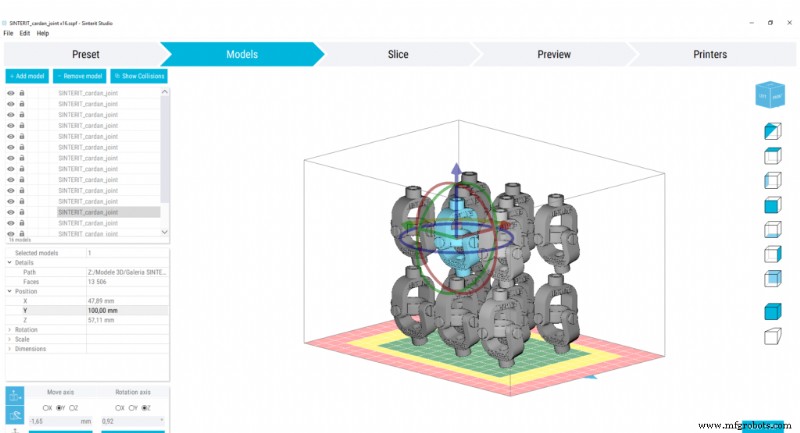
Image 2:Sinterit Studio user interface
F2P: How difficult would you say it is compared to other printers you have worked with?
E.B.: The Sinterit Lisa is a very grateful machine:it does not have complex mechanics and you do not have to worry about the material jamming. The great secret to having good impressions on the Sinterit Lisa is to put the piece in the most irregular position possible, even if it takes a little longer.
F2P: One of the strengths of Sinterit products is their conception as Plug-and-Play equipment. Would you consider this true? Since you received the printer, has it been difficult for you to adopt the workflow and start producing with it?
E.B.: Sure enough, it was plug and play. Being a closed machine, you only have to load the material and print, without further complications. In addition, thanks to the camera installed in the printer, you can verify its operation from the workplace.
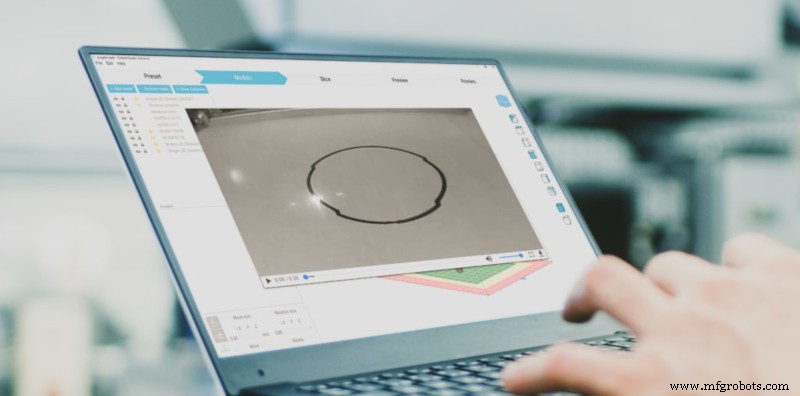
Imagen 3:Supervisión de la impresión a través de la cámara integrada
F2P: After this time with Sinterit Lisa, what would you highlight about her? Do you consider it to have been a successful acquisition?
E.B.: Very successful! We are currently working a lot with the Flexa Gray material, which allows us to make TPU pieces with different hardnesses. It often happens that when a client sees the parts in PA12 in dark gray, she asks if they have been made with the MFJ. It is the same material, and the same color, although with better mechanical properties.
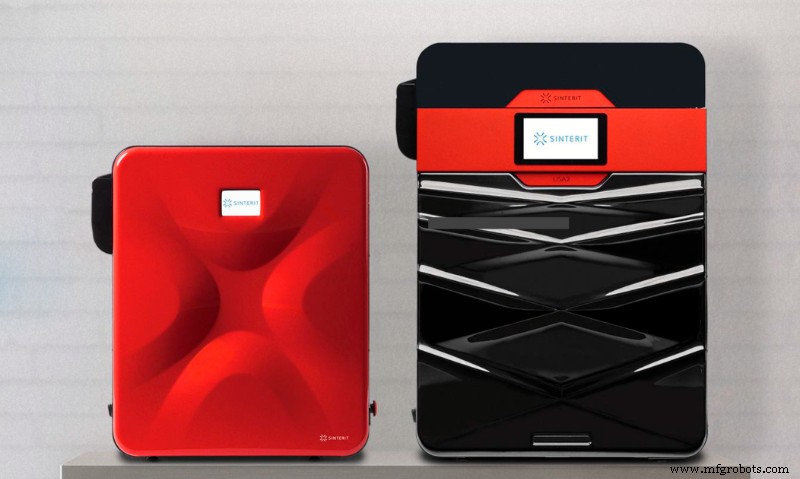
Image 4:Lisa and Lisa Pro 3D SLS Printers
Being able to implement 3D SLS printing equipment in the service bureaus ' own facilities can mean a very significant increase in value for this type of business. Leaving the outsourcing of 3D SLS printing services means, in addition to significant cost savings in the short and medium term, time savings that increase responsiveness to the customer.
Without a doubt, both Lisa and Lisa Pro have become a benchmark in the world of 3D printing, which has led more and more offices and service bureaus to opt for this technology with satisfactory results.
3d Drucken
- ACEO® stellt neue Technologie für den 3D-Druck mit Silikon vor
- Interview mit einem Experten:Dr. Bastian Rapp von NeptunLab
- Eine Einführung in den 3D-Druck mit selektivem Lasersintern
- 5 Gründe, warum Ihr Unternehmen die SLS-Technologie in Betracht ziehen sollte
- 5 weist darauf hin, dass Ihr 3D-Druckservice-Büro Workflow-Software benötigt
- KUHMUTE gestaltet Mobilität mit SLS-3D-Druck neu
- Wie ein Manhattan Service Bureau mit der Sicherung 1 skaliert
- Unterwegs mit IoT
- Vielseitig mit IoT
- Verbesserung des Bergbaubetriebs durch intelligente Technologie



